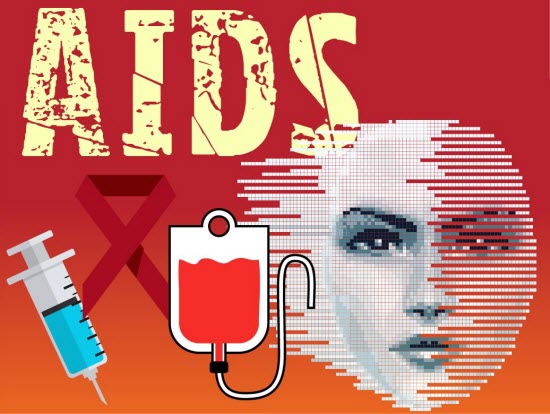
Since the clinical observation of HIV/AIDS back in 1989, the virus has since infected a lot of people leading to hundreds of movements spreading information regarding the disease. Through this joint effort, HIV/AIDS has been declining in recent years and less and less people are being infected as public awareness is raised by both government and non-government organization.
Continuing the fight
According to the report of GSAC (Goa State AIDS Control Society) there have been a significant drop of HIV cases since 2009 and has continued to do so back in 2014. Data are still being compiled in 2015 but experts are foreseeing that disease prevalence will continue to fall this year.
This decline is attributed to the effective dissemination of information regarding the virus. Technology also has a hand in curbing the disease’s progress as raising awareness is easier than ever thanks to various social media platforms.
But progress in this regard shouldn’t lead to complacency. Vigilance should be maintained higher than ever. In order to achieve total elimination of HIV/AIDS, new cases should be stop. Steps such as widespread and target education, pre-exposure prophylaxis, post-exposure prophylaxis, responsible use of contraception, and identification of drug users utilizing unsterile needles are some of the ways to reach this goal.
Targeting vulnerable groups should also be top priority. For instance, in the United States, there is a significance difference between the group of White Women and African American Women regarding new cases of HIV. While the latter only accounts to 13 percent of the female population, this group comprises 64 percent of new emerging cases of the disease.
This is also noted in the southern state of the country which only number 37 percent of the masses and yet represents 50 percent of recent reported incidents.
There’s also the matter of the adherence of those infected. It’s estimated that the overall females living in the U.S. with HIV, 88 percent of those have been diagnosed but only 45 percent are only engaging in treatment, and 32 percent have reached viral suppression.
Viral suppression could only be achieved through strict and consistent adherence to HIV/AIDS therapy which can then lessen the chances of transmitting the disease by as much as 96 percent.
Further support
Among the reasons for this lack of treatment adherence can be ascribed to the expensive medication for the HIV/AIDS virus. But a recent victory in this regard can potentially lessen this problem.
Legal actions taken by the Aids Institute (TAI) and The National Health Law Program (NHeLP) against Aetna, one of America’s largest insurers, has been a success as Aetna recently agreed to lowering the cost of pharmaceutical drugs for people living with HIV/AIDS.
On March 26th, Aetna announced that medications for HIV would be placed to a generic brand tier in all of its plan. This will result in lower co-payments from $1,000 a month to $5-100 after deductibles which will be effective on June 1, 2015.
Eradicating this disease will take a lot of effort from a lot of people if we are to eliminate it globally. However, with the current state of things, and progress are being made left and right, perhaps that day will not be so far after all.